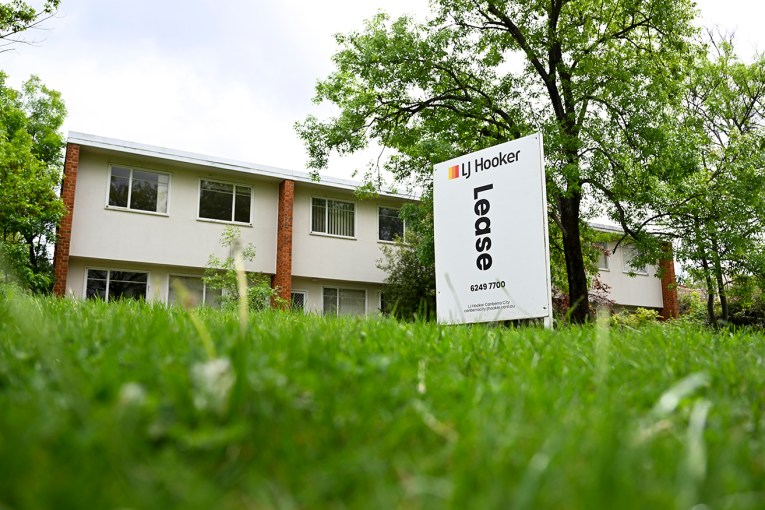‘University at any cost’ needs an urgent rethink


Demand-driven education helps many, but hurts some. Photo: Getty
Elation and disappointment flickered over thousands of young Australian faces on Wednesday, as they received news of first-round university offers – something my own children are likely to experience in just a few years’ time.
Or will they? An increasing problem for parents and elders is whether to advise youngsters to go straight from school to university, or whether to go at all.
Will it be good for them, for the workforce, for the economy, for the nation?
The answers to those questions were once simple. In the late 1950s, less than 10 per cent of school leavers would attend university and the degrees they earned virtually ensured a life of privilege, power and above-average pay.
That figure expanded in the 1960s, 1970s and particularly from 1989 onwards after the sweeping reforms to university funding led by then-education minister John Dawkins.
In 2009, Labor again bolstered enrolments by switching to a full ‘demand-driven’ system under which it hoped it would see 40 per cent of our nation’s young people attending university by 2025.
Labor dissent
But is 40 per cent a good target? While it’s likely true, as the Grattan Institute reports, that graduates earn “$1.4 million more” over their working lives than non-degree holders, that ‘average’ figure needs to be unpacked.
So, too, does the idea that a degree gives you better job prospects.
While those propositions ring true for most students, the demand-driven system has encouraged universities to bring in students whose Australian Tertiary Admissions Rank (ATAR) scores are well below traditional benchmarks.
Courses that advertise an ATAR cut-off of, say, 60, are looking for students who have done better in school than 60 per cent of their peers – ATAR is actually a percentile ranking rather than a simple ‘score’.

Labor education minister John Dawkins made sweeping reforms in 1989. Photo: AAP
But the demand-driven system provides incentives for universities to bend those rules – often through complex top-up point systems – to enrol students that might have outperformed, say, 35 per cent of their peers.
When they do, there is no guarantee that additional staff or teaching materials will be provided to help those students catch up.
So while the 60-and-above students will probably do well in the course, the post-2009 entrants may struggle, or force lecturers and tutors to teach content at a lower level than before.
John Dawkins himself has been one of the most vocal critics of the demand-driven system.
In a letter sent to the elite ‘Group of Eight’ universities late last year he wrote: “Since 2009, with the demand-driven system, taxpayer funding for Commonwealth-supported places in higher education has increased by 69 per cent compared to 29 per cent growth in nominal GDP over the same period. Funding of university students has grown at twice the rate of the economy.”
Quantity or quality?
Universities Australia argues that this is not a problem, because Australia’s completion rates are the third-highest in the world.
However, the question should not be how many degrees can be produced by the system, but what those degrees mean.

University students with low ATAR scores can struggle to catch up. Photo: Getty
The average income boost for a bachelor’s degree might be $1.4 million over a lifetime, but that is across all ATAR groups – those who have scraped into, and through, university will more likely remain at the lower end of the income distribution curve.
Just as importantly, will they find work related to their field of study?
The Grattan Institute notes in its Mapping Australian higher education report that: “People with bachelor degrees in health fields, in education and in law all have rates of professional and managerial employment above 80 per cent. People with bachelor degrees in humanities, science, creative arts, management and commerce or agriculture all have professional or managerial employment rates below two-thirds.”
Double-edged scores
As a former university lecturer myself, I have mixed feelings about lower-ATAR students.
On the one hand, there is nothing more wonderful that seeing a student who has fallen behind make the learning breakthrough that sends them surging ahead.
On the other hand, when students’ aptitudes lie elsewhere – and the world is full of successful non-graduates working in trades, running small businesses, trading in stocks or property, working in the arts, hospitality, the defence forces and so on – three years or more at university carries a high opportunity cost.
Not only do they forgo a lot of income to attend university, but they leave with large student debts – around $20,000 to $30,000 for fairly basic degrees.
That’s the question parents have to grapple with before urging their offspring to leap into any university course they’re offered.
Modern universities have a large variety of ‘pathways’ into degree learning for mature-age students who decide a little later in life to see what they’re missing – and in my view, everyone should dip their toe in that water, even if only for an Educating Rita-style summer school.
But that’s no reason to encourage an 18-year-old with strong aptitudes elsewhere to ‘get into uni at all costs’ and to think that any degree is better than none.
It used to be that simple, but not any more.
Rob Burgess is The New Daily‘s economics commentator. He has previously worked as a university lecturer teaching media studies and journalism.
To read more columns by Rob Burgess click here.








